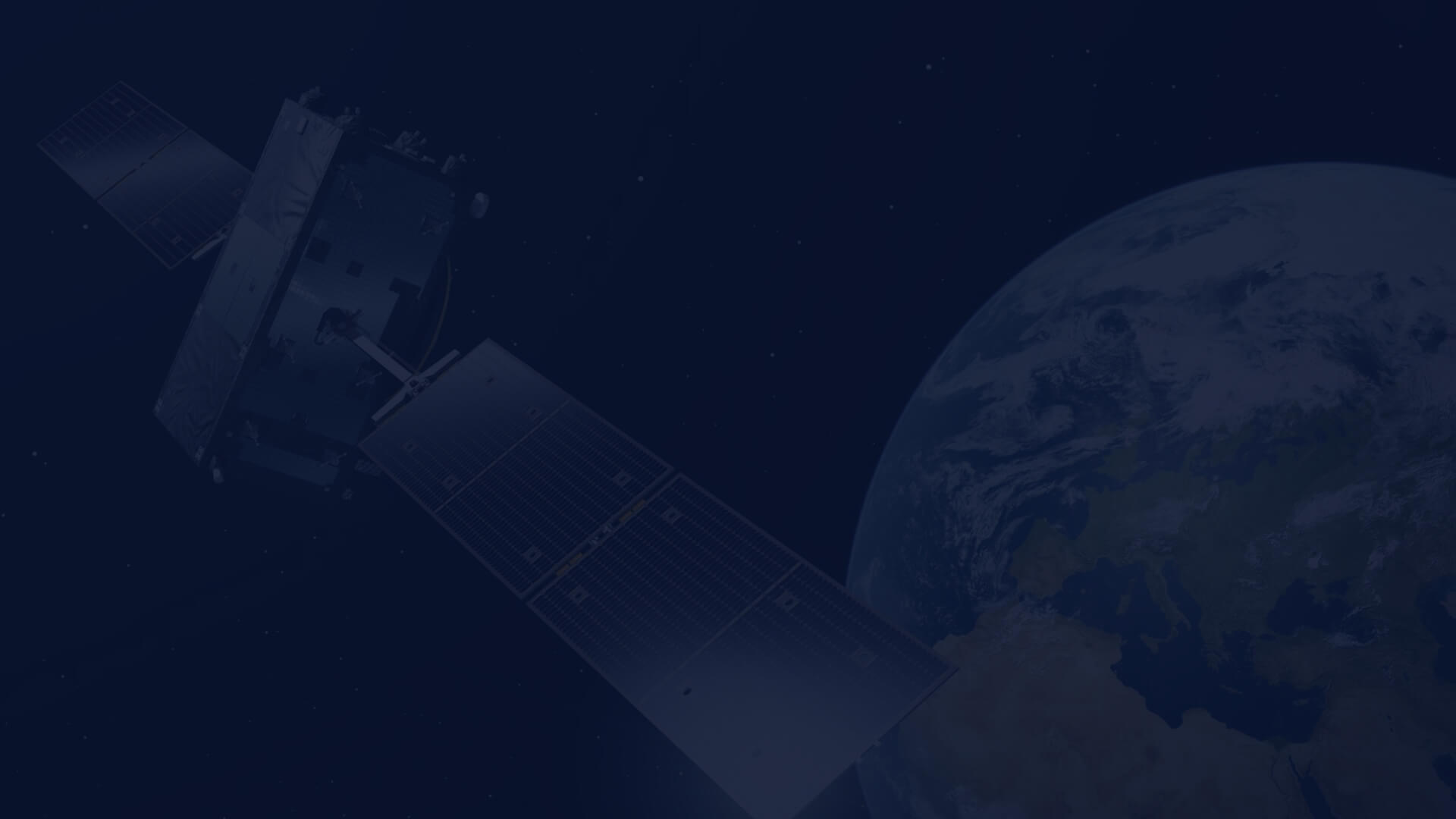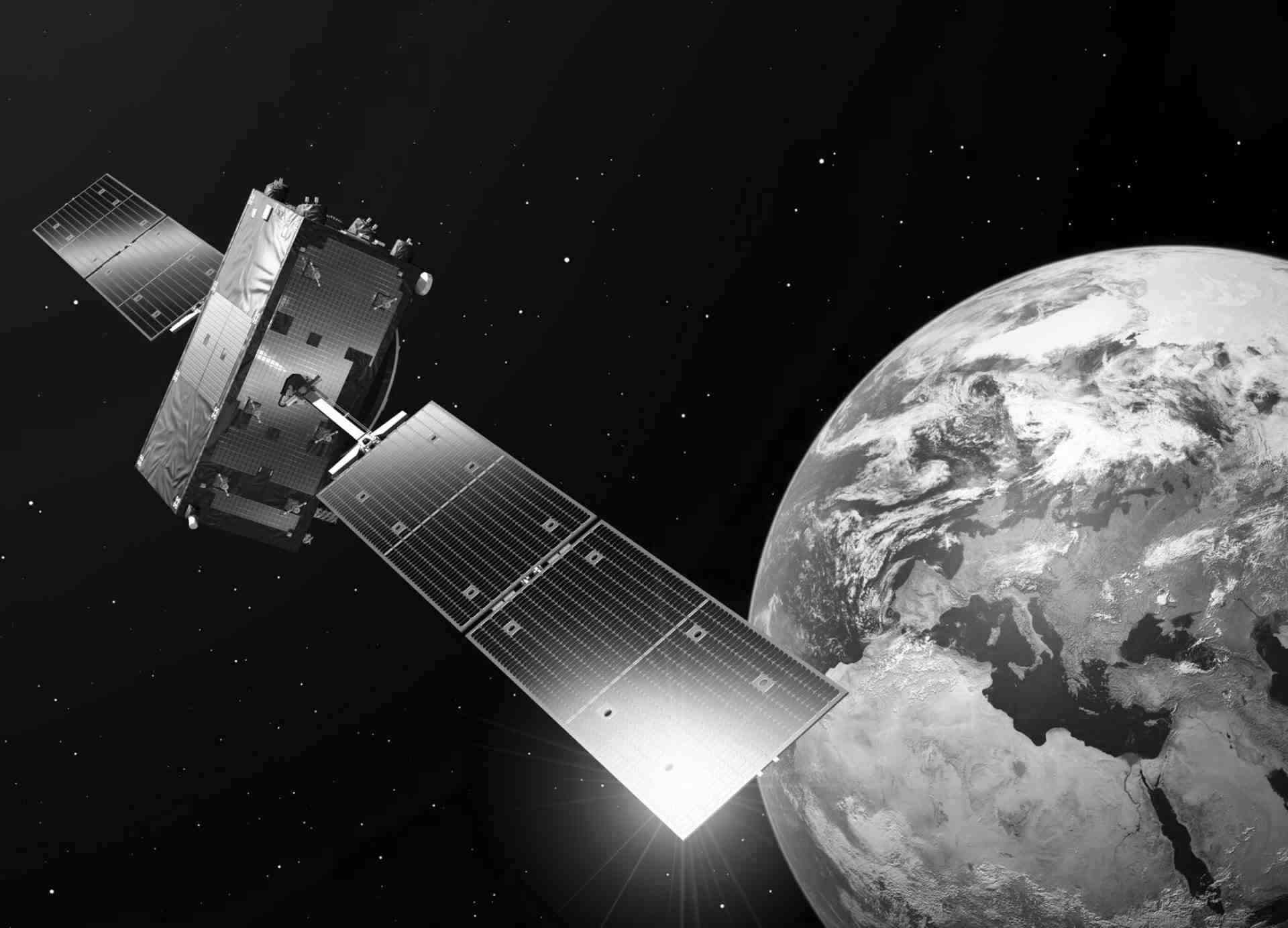EO Data Access Interfaces
In order to provide a very flexible functionality for Third Party Users, the CREODIAS data can be accessed using a complete set of interfaces. Raw data is stored on the Platform in its native format to ensure 100% conformity to the source data. It can be accessed directly through a standard HTTP SWIFT/S3 object interface. Legacy applications, virtual machines or interactive users can access the same data through a POSIX standard interface using filesystem emulation . Data stored in the repository can be also dynamically published in the form of user-configurable OGC WMS/WMTS/WCS web services provided by the EODATA Processing/Access HUB. Finally, CREODIAS provides a general purpose web interface for end-users – the EO Browser. Data products can also be accessed via HTTP Download while information services can be made accessible via an http Proxy service.
All CREODIAS data access interfaces are open source. The access methods are detailed in the following Sections.
The availability of the EODATA Access Interfaces depends on the CREODIAS Data Location. When data is present in the CREODIAS Locations Local and/or Cached – then Object Data SWIFT/S3, EO Data Hub (OGC related) and HTTP Download can be used. When data is in Location Orderable – HTTP Download can be used but this kind of data can be also Ordered to become Cached and be available as described above. The data or information in Location External can be accessed via Proxy interface.
The available EODATA Access Interfaces are described in general in sections below. Full details of the interfaces will be available in the Support Framework in the DIAS Web Site.
Please note that access to Copernicus data is always open and free for everybody.
Within the CREODIAS cloud users can use the data for free via rich multiple access interfaces like object s3, nfs, zipped download. CREODIAS registered users can benefit from free download of zipped Copernicus products from anywhere in the world. The additional commercial service „CloudFerro Remote Transfer for EODATA” regards object S3 transfer of EODATA to a remote customer anywhere in the world. A user pays for S3 transfer to his location.
Object Data Access API (SWIFT/S3)
The object access API is the main access method for CREODIAS data.
Tenants can access EODATA by sending HTTP requests to a standard SWIFT or S3 object interface. Appropriate client libraries, programming language bindings (Python, Java, C, Ruby, …), CLI tools and their documentation are available in the application repository and the Knowledgebase.
The object interface is suitable for Third Party applications, high performance parallel access and scalability.
Users can access individual products, their parts, such as granules or metadata. They can even access parts of a single data file, which may be useful for applications such as individual tiles extraction from large jpeg2000 image files.
The Object API can be used by Third Party Services, but it is also the generic data access method used by other EODATA access services and the EO Browser. It may also be used by registered Users to download data directly to their workstation.
HTTP Download
Most of data indexed in the CREODIAS catalog (Locations: Local, Cached, Orderable) can be downloaded by Users with the CREODIAS Platform acting as a proxy. This functionality enables registered Users to download data indexed in the CREODIAS catalogue without the need to register or log-in to a remote data store. The CREODIAS acts as a proxy, downloading the desired product from its source and forwarding it to the User’s storage. The functionality can be used by CREODIAS Third Parties to download data into their environment on the CREODIAS Platform. It can also be used by CREODIAS Users to download data to their workstation over the Internet.
CloudFerro Remote Transfer for EODATA
For users who do not have cloud resources on the CREODIAS platform or have their own infrastructure and need fast and full access to EODATA - CloudFerro has prepared an additional service allowing unlimited external S3 access to CREODIAS EODATA (satellite data archive).
This functionality allows to locate and download individual products, parts such as granules and metadata, and even access parts of a single data file which may be useful for applications such as isolated tiles extraction.
For this solution, customers can use multiple 10GE of CloudFerro cloud bandwidth. Any user who wants to connect from an external infrastructure to the CREODIAS collection can do so through the CloudFerro solution, which uses the S3 protocol. The user can simply use CREODIAS credentials to login and generate S3 keys. After generating the S3 key (Access and Secret Key) and using the software supporting S3 protocol, the user has the possibility to connect remotely to CREODIAS satellite data with full S3 support.
If you are a registered user of the CREODIAS platform, use your login credentials using this Transfer for EODATA" provided by CloudFerro, please register first using this link.
To learn the prices of the „CloudFerro Remote Transfer for EODATA”, visit our price list or contact our sales department.
Please note that access to Copernicus data is always open and free for everybody. The additional service regards external data transfers to remote customer locations. Within the CREODIAS cloud users can use the data for free.

